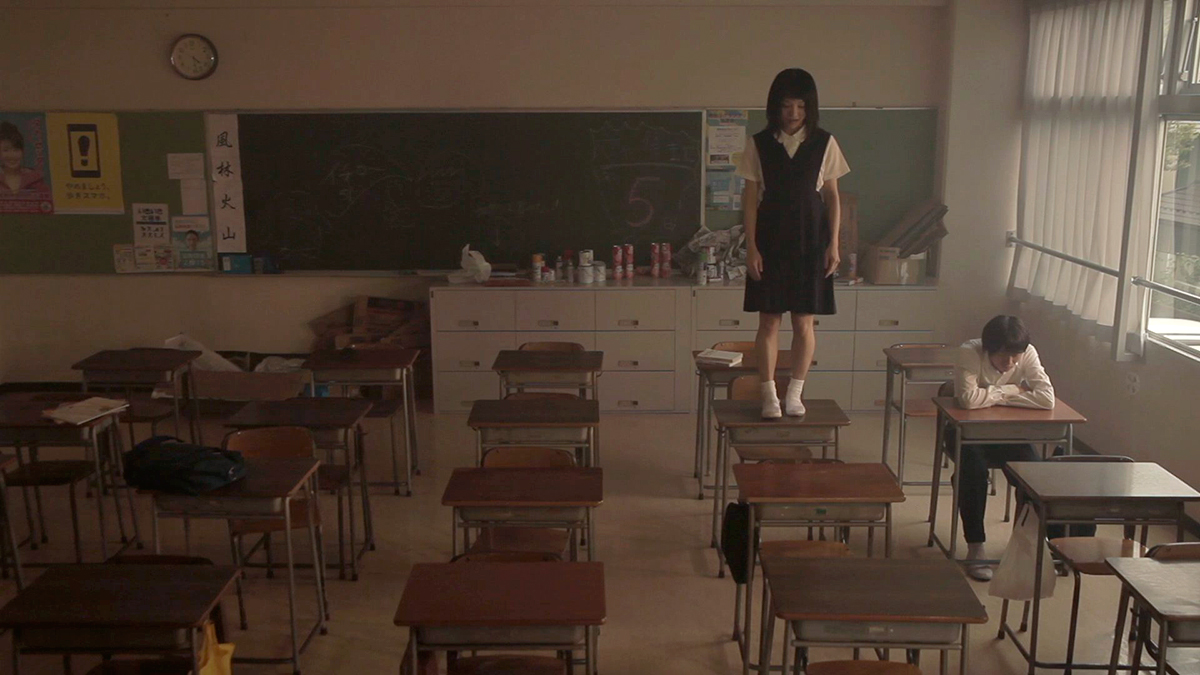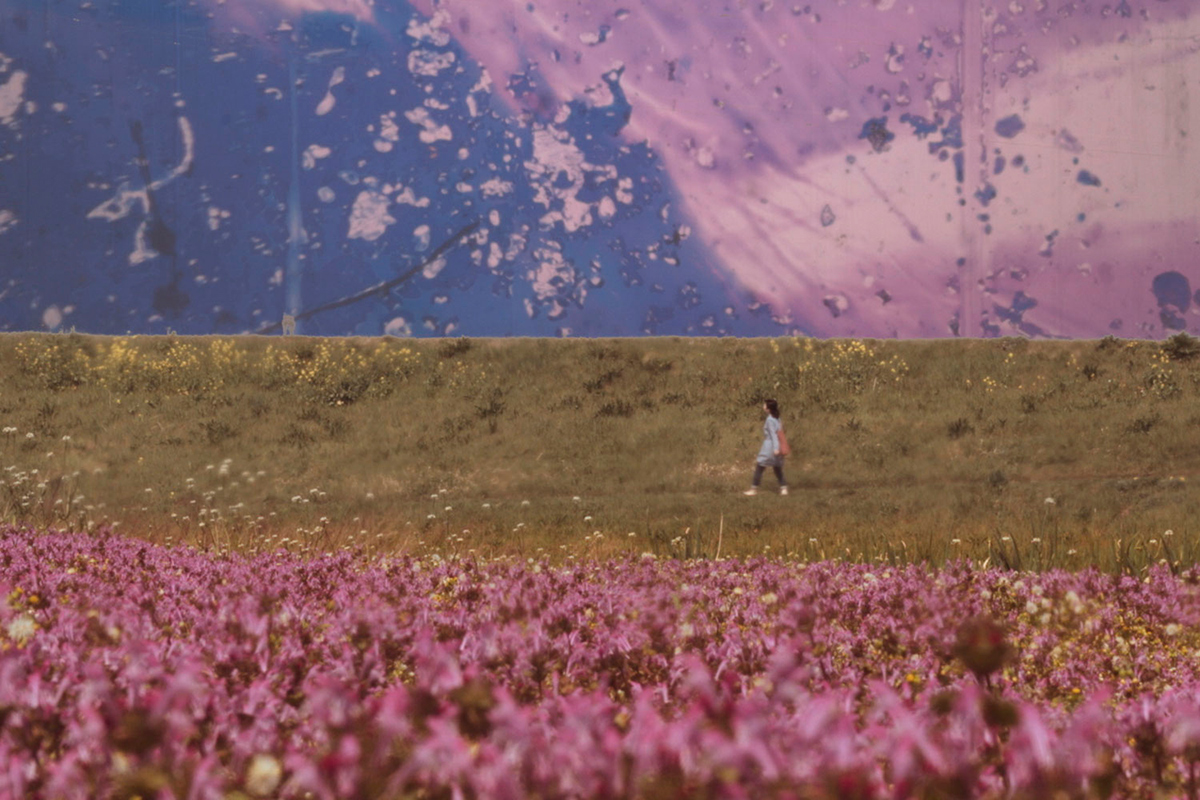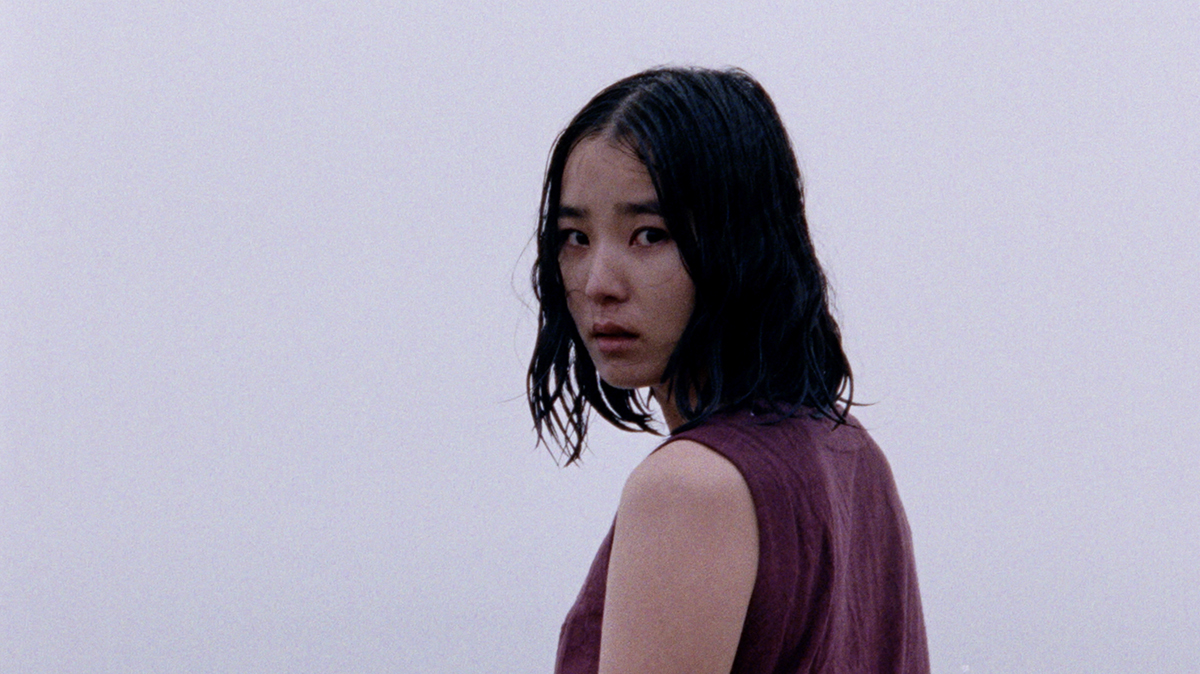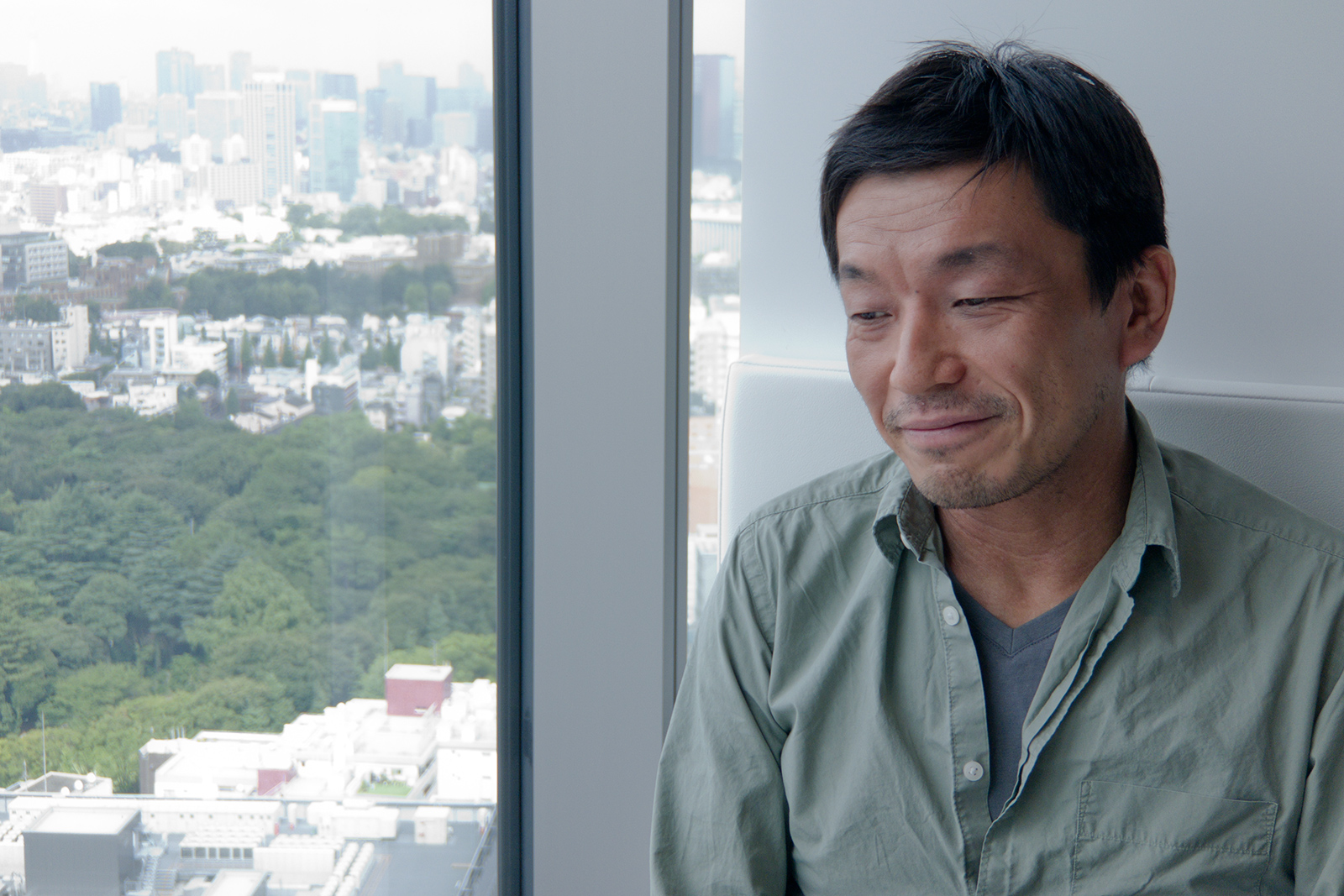Beyond the Blue
“Blue Mail” is a letter you receive from your future self. Is it a hopeful message? Or is it sad tidings of misfortune? A young man, Kagari, and a runaway girl, Yuki, meet under trivial circumstances. Both are burdened by a pain they are unable to forget but believing there must be something more ahead of them, they set out for Tokyo. Along the way their past and secrets catch up with them. Hiro Kenichiro has an interesting history. After studying abroad in Texas, he graduated from high school and entered Osaka University’s School of Dentistry. But while there, he began studying 3D graphics at Digital Hollywood and has since been involved in the production of many music and promotional videos. His filmography lists a number of independent shorts and features he’s been making since 2012, including two in English. Though he has been decorated for some, others are competent study pieces; Hiro gradually improving by consistently making movies. Beyond the Blue seems to the first fruits of such labors as evidenced by its competition …






